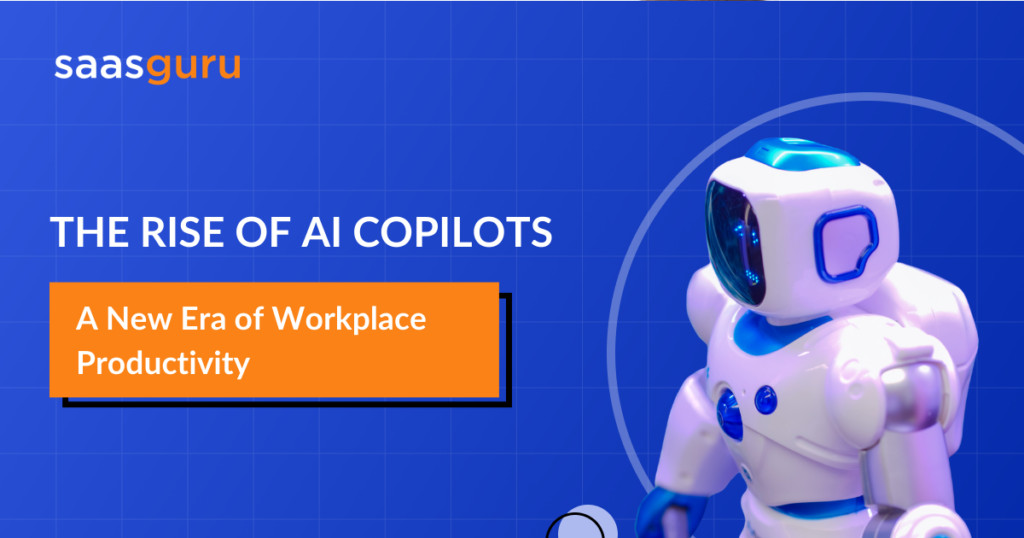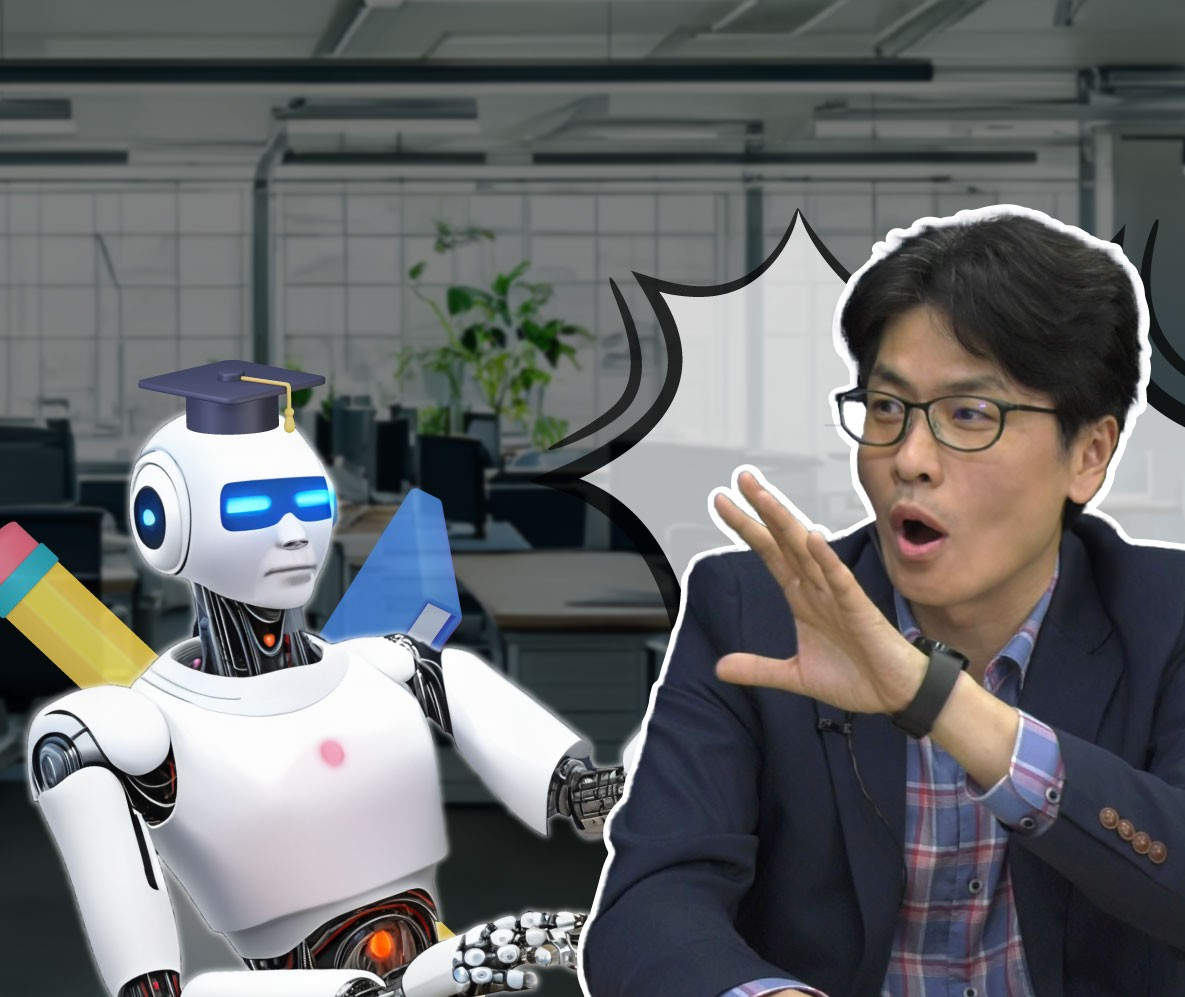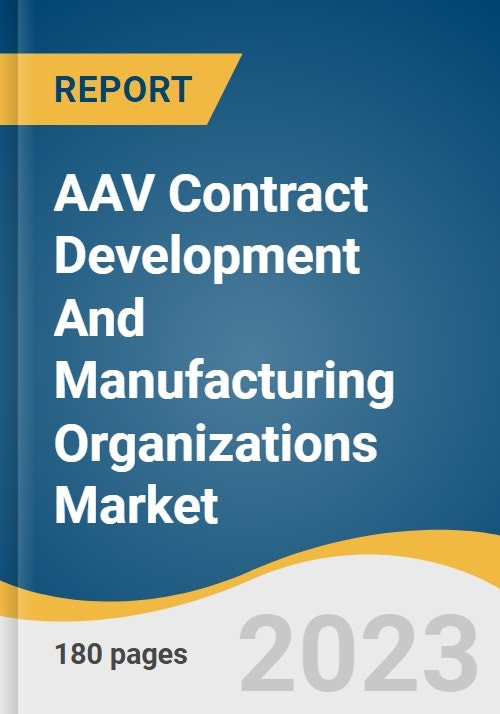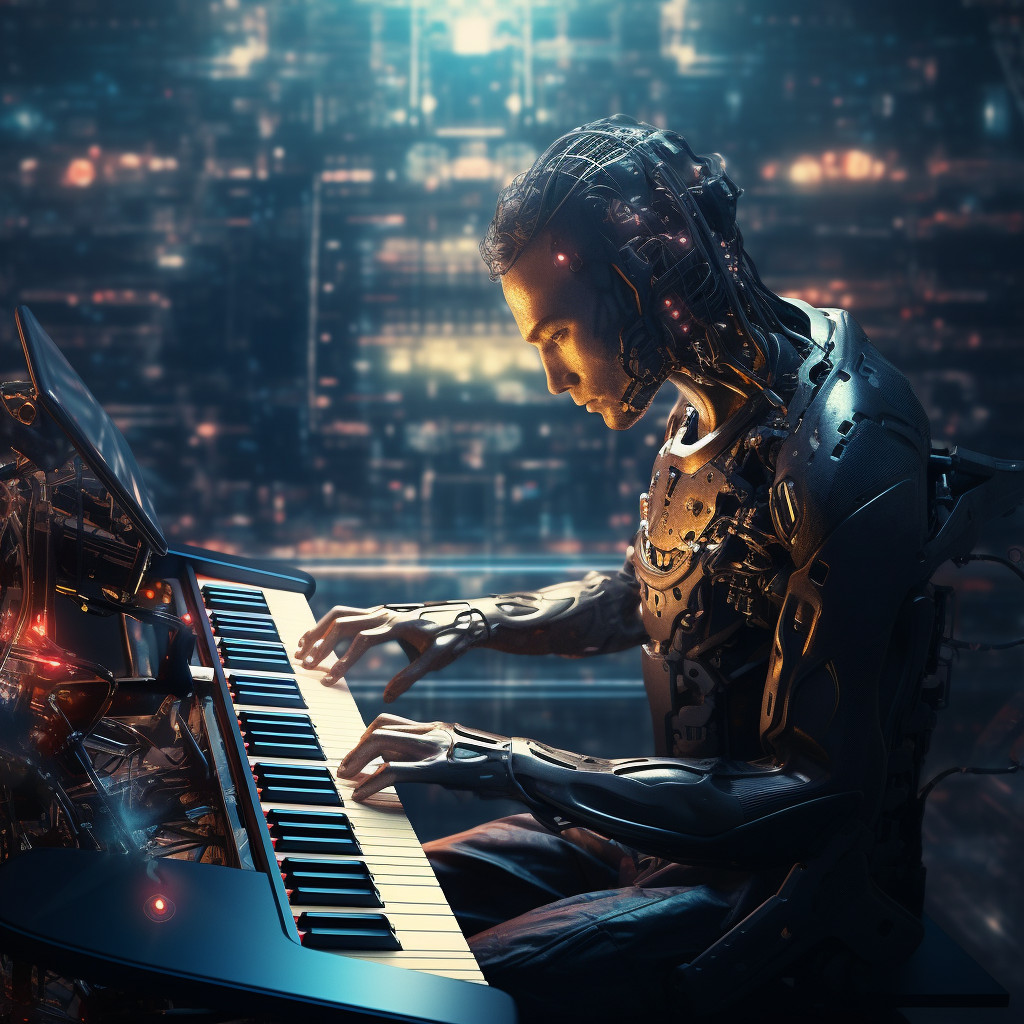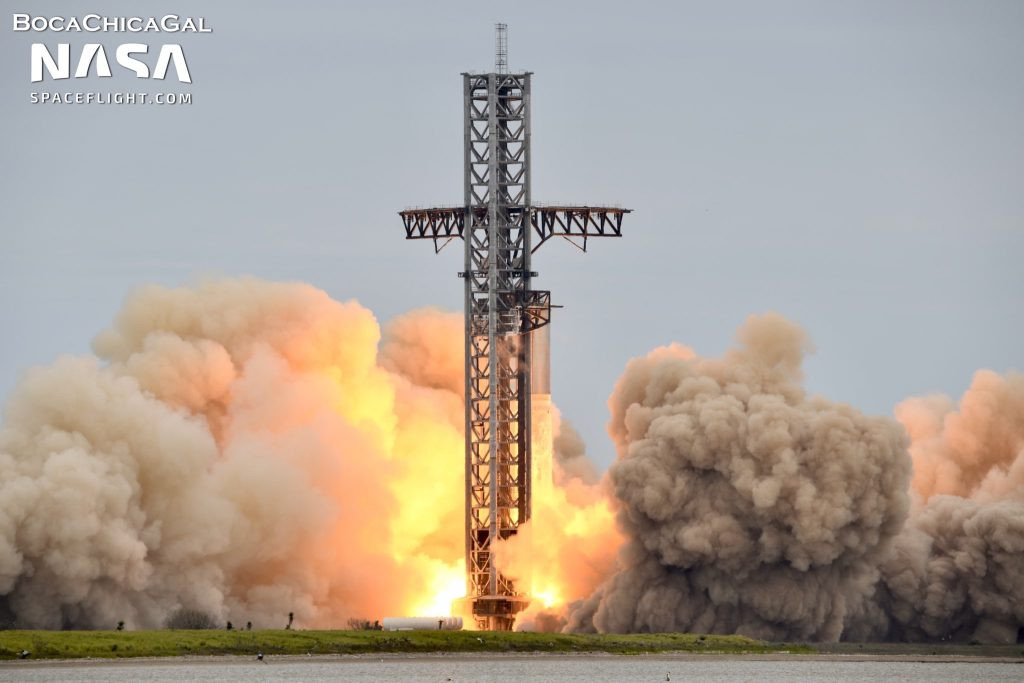From Copilots to Personal Assistants: The Next Frontier in AI
Transformer architecture has become the backbone of numerous leading AI models. However, the question arises: what lies ahead? Will this architecture pave the way for more advanced reasoning, or will a new era of AI emerge? Currently, building and maintaining these intelligent models requires vast amounts of data, substantial GPU computing power, and specialized talent, making them expensive endeavors.
The Agent Revolution: Packaging Intelligence for Real-World Use Cases
The journey of AI deployment began with the enhancement of simple chatbots. Today, both startups and established enterprises are successfully packaging intelligence in the form of copilots, augmenting human knowledge and skills. The logical next step is to encapsulate features like multi-step workflows, memory retention, and personalized experiences within agents, capable of addressing diverse use cases across various functions, including sales and engineering. The expectation is that a concise prompt from a user will enable an agent to accurately classify intent, decompose the objective into multiple steps, and execute the task. This could involve internet searches, authentication across multiple tools, or learning from past interactions.
A Glimpse of the Future: Personalized Agents at Our Fingertips
The application of these agents to consumer-focused scenarios offers a glimpse into a future where everyone possesses a personal Jarvis-like agent on their mobile devices, tailored to their individual needs. Imagine effortlessly booking a trip to Hawaii, ordering food from your preferred restaurant, or managing your personal finances. The vision of securely managing these tasks using personalized agents is a tangible possibility. However, from a technological standpoint, we are still some distance away from realizing this future.
The Challenges of Transformers: Complexity and Computational Demands
Transformer architecture's self-attention mechanism empowers models to assess the significance of each input token relative to all tokens within an input sequence simultaneously. This enhances a model's understanding of language and computer vision by capturing long-range dependencies and intricate token relationships. However, this advantage comes with a trade-off: the computational complexity increases with longer sequences (for example, DNA), resulting in slower performance and heightened memory consumption. To address this challenge of long sequences, several solutions and research approaches have been proposed:
Addressing the Long-Sequence Problem
- Approximation Techniques: Employing techniques like low-rank approximations, sparse attention mechanisms, or factorization methods can significantly reduce the computational cost while preserving the effectiveness of transformers.
- Hybrid Architectures: Combining transformers with other architectures like recurrent neural networks (RNNs) can leverage the strengths of both approaches, enabling efficient processing of long sequences.
- Specialized Architectures: Developing specialized architectures like the Longformer, which can handle sequences exceeding 4,096 tokens, provides a dedicated solution for addressing long-sequence challenges.
- Model Pruning: Removing redundant or less important connections within the transformer network can reduce the computational burden without compromising accuracy.
Beyond Transformers: Emerging Alternatives
Alongside these optimizations aimed at mitigating the complexity of transformers, alternative models are emerging, challenging the dominance of transformers (though it's still early days for most):
- State Space Models (SSMs): These models employ a different approach by representing information as a continuous state vector, enabling efficient processing of sequential data and long-term dependencies.
- Hybrid SSM-Transformer Models: Combining the strengths of both SSMs and transformers, these models offer a balanced solution, enabling efficient processing of long sequences while leveraging the advantages of transformers.
- Mixture of Experts (MoE): This approach utilizes multiple specialized experts to handle different parts of the input, enabling the model to adapt to diverse tasks and data distributions.
- Composition of Experts (CoE): Similar to MoE, CoE models combine multiple expert networks, but they employ a hierarchical structure, enabling more complex and flexible representations.
A New Era of Model Releases: Insights into the Future of AI
These research initiatives are now transitioning from university laboratories to the public domain, allowing everyone to explore and experiment with new models. The latest model releases offer valuable insights into the current state of underlying technology and the potential trajectory of Transformer alternatives.
The Dominance of Transformers: A Shifting Landscape
While the transformer architecture remains prevalent, the emergence of production-grade state space models (SSM), hybrid SSM-transformer models, mixture of experts (MoE), and composition of expert (CoE) models is gaining momentum. These models demonstrate strong performance across multiple benchmarks when compared to state-of-the-art open-source models. Notable examples include:
- Meta's Foundation Model for Compiler Optimization: Meta's model stands out for its effectiveness in optimizing code and compilers.
- OpenAI's GPT-4: A powerful language model renowned for its versatility and capabilities.
- Cohere's Language Models: Cohere's models are specifically designed for enterprise applications, offering a range of features and customization options.
- Anthropic's Claude: A large language model emphasizing safety and reliability, known for its ability to generate human-like text.
- Mistral AI's Models: Mistral AI is emerging as a leading player in the field, focusing on developing accessible and powerful AI models.
The Roadblocks to AI Adoption: Technical Challenges and Skill Gaps
Despite the immense promise of these advancements, enterprises face significant technical challenges that hinder their ability to fully leverage these breakthroughs.
- Cost of Development and Deployment: The high cost of building, training, and deploying AI models remains a barrier for many organizations.
- Data Requirements: AI models require massive datasets for training, often posing a challenge for businesses lacking sufficient data resources.
- Computational Resources: Training and running AI models demand significant computational power, which can be expensive and difficult to access for some organizations.
- Talent Acquisition: Finding and retaining skilled AI professionals is a growing challenge, further hindering AI adoption.
The Rise of the Prompt Engineer: A New Era of Expertise
An AI leader at a prominent financial institution recently asserted that the future belongs not to software engineers but to individuals with backgrounds in creative fields like English or art, who can craft effective prompts. While this statement may contain a grain of truth, it's important to note that the effectiveness of AI models ultimately hinges on both the technology and the human interaction. With the advent of multi-modal models and the increasing user-friendliness of AI tools, individuals without technical expertise can leverage simple sketches and intuitive interfaces to build applications with minimal effort. Proficiency in utilizing these tools can be a significant advantage in today's rapidly evolving workforce.
A New Frontier for Researchers and Practitioners
The landscape of generative AI is in a state of constant flux. Researchers, practitioners, and founders now have a diverse array of architectures at their disposal as they strive to develop models that are more affordable, faster, and accurate. The quest for enhanced models has led to numerous innovations, including fine-tuning techniques and groundbreaking breakthroughs like direct preference optimization (DPO), an alternative to reinforcement learning with human feedback (RLHF).
The Future of AI: A Journey of Constant Innovation
The relentless pace of advancements in generative AI can be overwhelming for founders and buyers alike. It's an exciting time to be a part of this field, and the future promises even more remarkable innovations.




